Book of the Day Roundup: October 4-8, 2021
The Undercover Book List
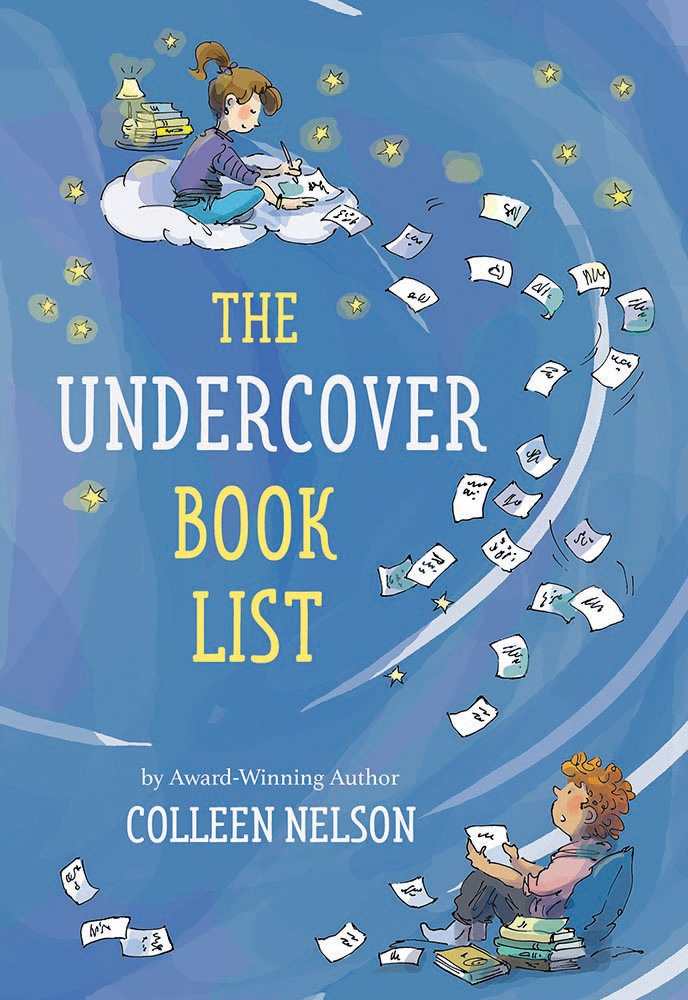
Colleen Nelson
Pajama Press
Hardcover $17.95 (264pp)
978-1-77278-187-8
Buy: Local Bookstore (Bookshop)
In The Undercover Book List, two twelve-year-olds forge a friendship based on their serendipitous connection to a library book.
Jane is a self-professed book nerd. When her best friend, Sienna, a fellow reader, moves away, she suggests the Undercover Book List to ease Jane’s loneliness. The idea is to leave an anonymous note in a designated library book and strike up a friendship with whoever finds it.
Tyson is a video game-loving jokester whose antics tend to land him in the principal’s office. He is discouraged by his bad grades, but feels helpless to change them. By accident, he sees Jane slipping her note into the library book; he leaves an anonymous response. What begins as a prank leads to an awakening: Tyson develops a better sense of who he really is, leading to a triumph for him and Jane.
The book’s narration alternates between Jane and Tyson’s points of view, exploring themes of transformation, and of the strength it takes to embrace change. Tyson and Jane learn that change brings strength, too, once it’s been embraced. Their transformations are fast: both exhibit understandings of human psychology of the sort that eludes many adults. The obstacles they face, including vandalism and illness, are handled in a straightforward manner, but without sacrificing emotion (though a story line concerning a classroom activity is unresolved). Both strong Jane and sensitive Tyson prove to be excellent role models by the book’s gratifying ending.
In the diverse novel The Undercover Book List, two classmates overcome their initial antagonism to find commonalities, which lead them to unexpected solidarity.
RANDI HACKER (October 3, 2021)
Black Paper
Writing in a Dark Time
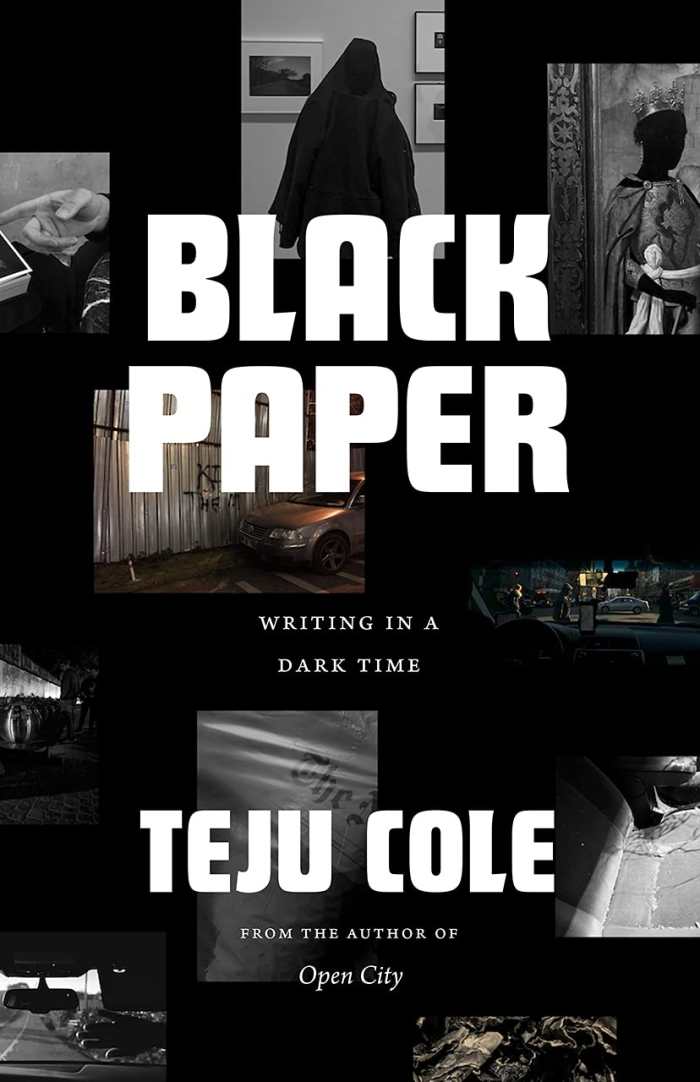
Teju Cole
The University of Chicago Press
Hardcover $25.00 (228pp)
978-0-226-64135-5
Buy: Local Bookstore (Bookshop)
Art is the lens through which Teju Cole examines and makes sense of our shared humanity in the essay collection Black Paper.
Across six sections, Cole uses different art forms, including painting, photography, and literature, to wrestle with what it means to be human during dark moments in personal or collective history. In “After Caravaggio,” Cole goes on a pilgrimage to Italy. Following the path of the painter Caravaggio as he fled criminal investigation, Cole stops where Caravaggio did and gazes upon the artist’s larger-than-life works. The need to connect with the artist opens Cole to connecting with others fleeing violence and economic inequity, refugees making the treacherous crossing from Africa to Europe. By turns personal and academic, this essay sets the tone for those to come, blending together masterpieces with the context of their creation and the experience of them in the current moment.
Meditative and complex, the collection also plays with the essay form. There are works within works, as with “Four Elegies” and “A Quartet for Edward Said.” Each is separated into four distinct sections, with the former shifting focus across four artists and the latter maintaining focus on one individual. There are essays in pieces, too, broken into sections varying in length from a single sentence to no more than a few paragraphs, as in “Passages North” and “Room 406.” But it is the title essay, “Black Paper,” that illuminates the collection’s themes of creation during adversity and of using art to process emotion. Using the simple method of a carbon paper to make a copy, Cole encapsulates his collection in a sentence: “Black transported the meaning.”
Dense and provocative, the essays in Black Paper are a reminder that darkness cannot last forever, and even within it, there is meaning and hope.
DONTANá MCPHERSON-JOSEPH (August 27, 2021)
Tink and Wendy
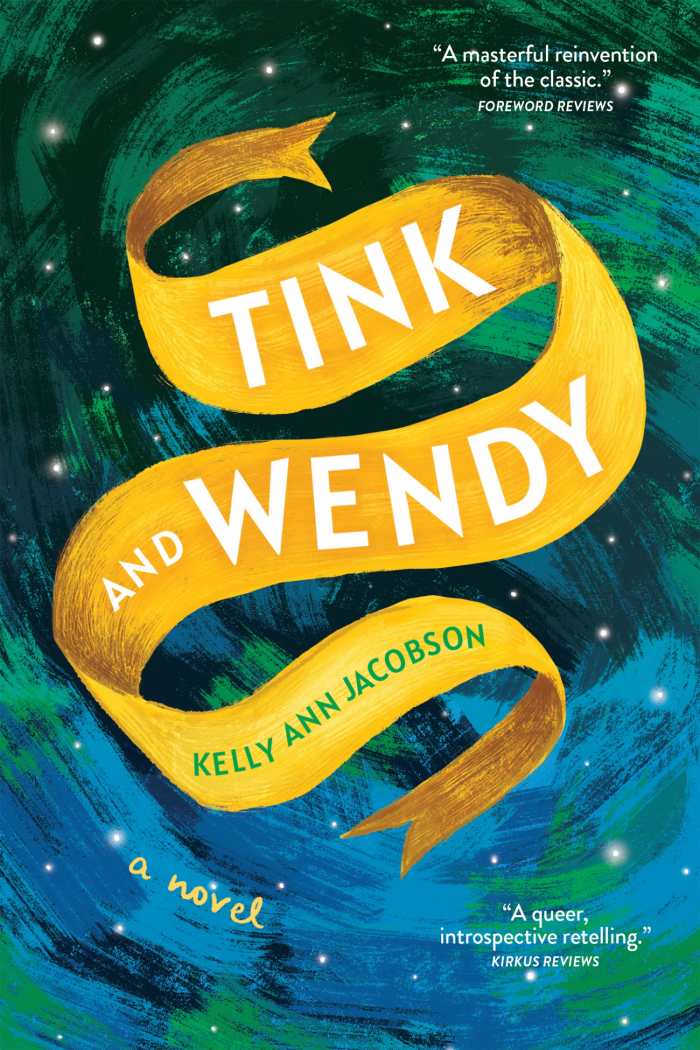
Kelly Ann Jacobson
Three Rooms Press
Softcover $14.00 (192pp)
978-1-953103-13-0
Buy: Local Bookstore (Bookshop)
In Kelly Ann Jacobson’s dark, contemporary retelling of Peter Pan, Tinker Bell’s unrequited love leads to bitter tragedy.
Tink is a squatter at the abandoned Darling homestead. Peter Pan and Wendy are long dead, and Tink is a ghost of her former self. She drinks, haunts the house, and maintains Peter and Wendy’s graves. When Wendy’s granddaughter, Hope, arrives to claim the homestead, Tink relates how she and Peter first met the Darlings, their grand adventures, her heartache, and her role in Peter and Wendy’s untimely demise.
The narrative jumps between the past and present. In the now, Tink wrestles with guilt and regret. In the past: Peter and Tink face the world with youthful abandon, much as in the original; they draw the Darlings into their adventures. But Peter’s reckless behavior, and Tink’s uncomfortable attempts to control Peter’s urges, create conflict; the two also clash because of Tink’s experience with the real world, and Peter’s lack of it.
Tink’s devil-may-care attitude and sarcasm hide her worry, disappointment, and self-loathing. She grows from a lovesick fairy into a mature and measured one—a hands-off mother figure, the yang to Wendy’s yin. But Peter’s real-world persona mirrors his Neverland self: he is selfish, “a brash boy with a careless heart” who “was always cruelest when he least intended it.” He acts before he thinks, and he never truly grows up.
Tension and anticipation build when Peter’s playfulness turns deadly, and Tink is faced with ethical conundrums. How she reacts to each ensuing crisis heightens the tension. There are no big reveals until the very end; its surprise is satisfying.
Tink and Wendy is a masterful reinvention of the classic. Full of teenage angst and yearning, it is poignant, relatable, and full of contemporary appeal.
NANCY POWELL (August 27, 2021)
Life Sciences
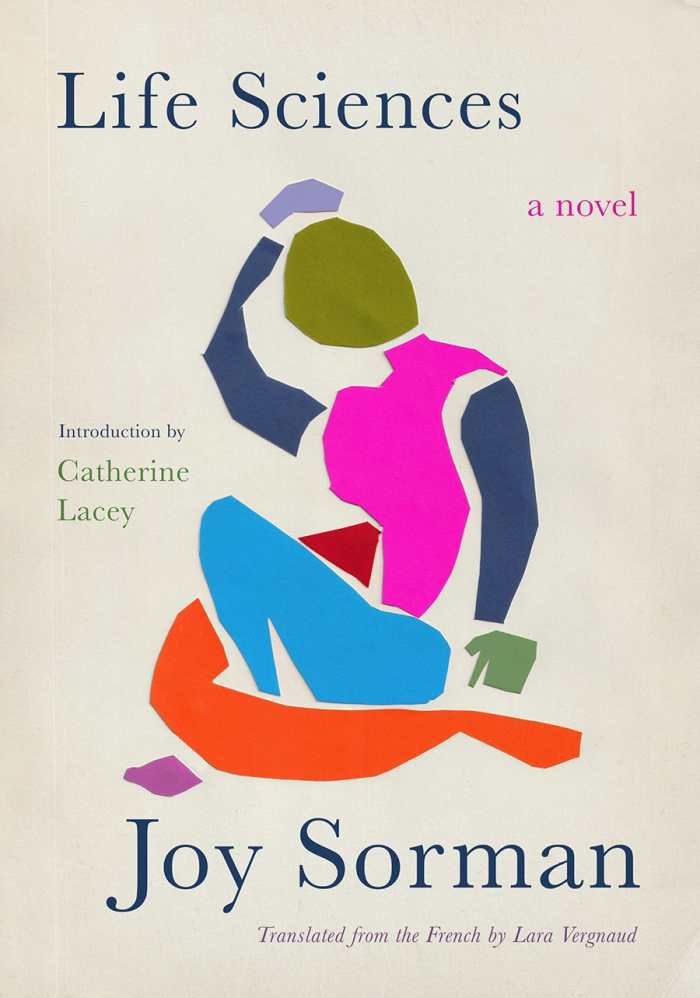
Joy Sorman
Lara Vergnaud, translator
Restless Books
Softcover $18.00 (272pp)
978-1-63206-295-6
Buy: Local Bookstore (Bookshop)
A young woman struggles with an inexplicable malady and the weight of her family history in Joy Sorman’s novel Life Sciences.
Ninon has always known about the family curse: every eldest daughter will at some point be stricken by a random, life-altering malady. She spends her childhood waiting, eagerly at times, to find out how the curse will manifest in her. When it finally happens, the affliction becomes Ninon’s entire world, plunging her into despair. She also develops strange resilience that may change her life far more than her illness does.
As doctor after doctor fails to help her, Ninon resorts to more extreme measures in her search for an answer. She turns to self-harm, shamanism, music, and drugs: anything that promises to distract her from her fate. As her medical horizons expand, the rest of her world contracts. The internet becomes her only window to the outside world, despite her friends’ concerns and her mother’s regretful yet self-serving attempts to reconnect with her.
Through it all, Ninon suffers the psychological toll of constant pain, of endless medical examinations that never do any good, and of having a condition so strange and stubborn that it becomes “a part-time occupation” unto itself. Her stream-of-consciousness narration has an otherworldly effect, much like the altered states in which she finds fleeting relief.
Despite the fantastical framing, the story of Ninon and her “cursed” ancestors is all too grounded. It’s an often dark tale about women who struggle with health issues that the medical establishment cannot—or does not want to—cure, or even identify. But stories can be changed, and Ninon might just be the woman to do it.
Life Sciences is an immersive, harrowing novel about the power of stories to turn a captivating fable into a prophecy.
EILEEN GONZALEZ (August 27, 2021)
Planet of Clay
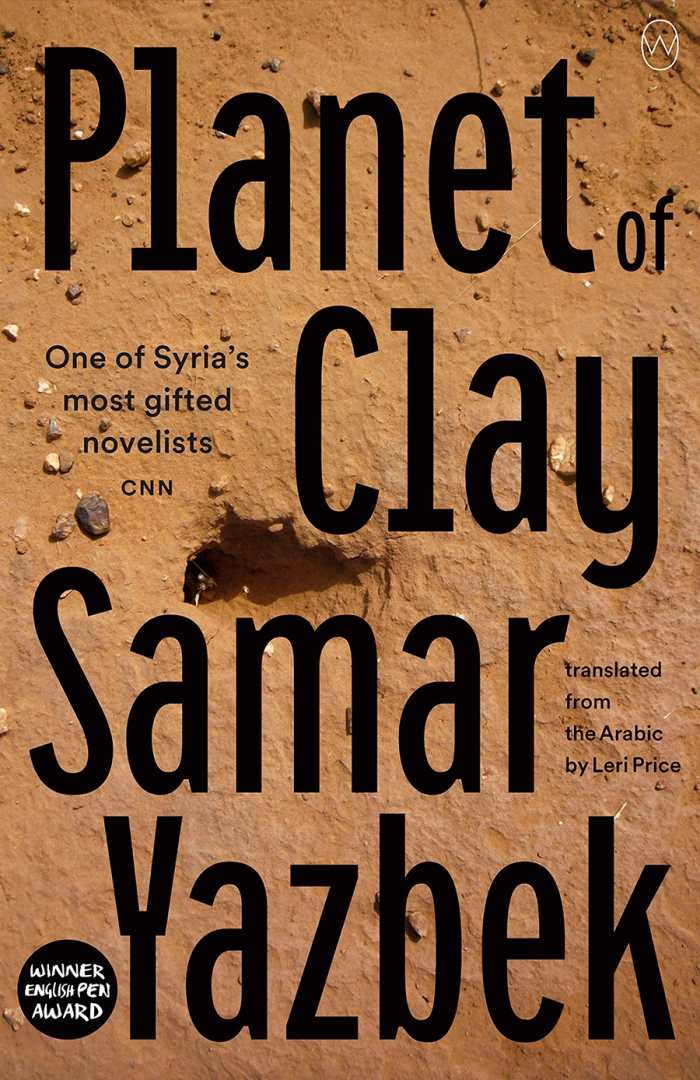
Samar Yazbek
Leri Price, translator
World Editions
Softcover $16.99 (336pp)
978-1-64286-101-3
Buy: Local Bookstore (Bookshop)
The life of a sheltered, neurodivergent girl is shattered by the Syrian civil war in Samar Yazbek’s novel Planet of Clay.
Rima’s world has always been limited to the apartment she shares with her mother and the library at the school where her mother works. After a visit to a friend turns deadly, Rima is plunged into a war that she doesn’t understand. Trapped in a cellar with boxes of paper and a blue pen, she records her story so that neither she nor her loved ones will disappear.
Rima is creative and intelligent, but because she can’t speak or control her physical movements, those around her dismiss her as “crazy.” She tries to make sense of her experiences—the bombings, the disappearances, and the horrific aftermath of a chemical attack—through books she’s read and colors and shapes that she loves. She grapples with hunger and death for the first time, finding a strange happiness in knowing that, after a lifetime of being the odd one out, she now has something in common with others.
Alone in the cellar, Rima dreams of returning to the apartment where she left her box of stories, and of leaving in the company of the young man who promised to bring her to safety. As her situation worsens, she clings to the secret worlds she has created for herself. And, as the story winds its way toward the inevitable conclusion, it is perhaps as much a blessing as a curse that Rima does not fully understand what is happening. The real tragedy—the one that Rima cannot grasp—is that innocent lives can be snuffed out by forces beyond their control.
Planet of Clay is a devastating novel about human resilience and fragility in a time of war.
EILEEN GONZALEZ (August 27, 2021)
Barbara Hodge
